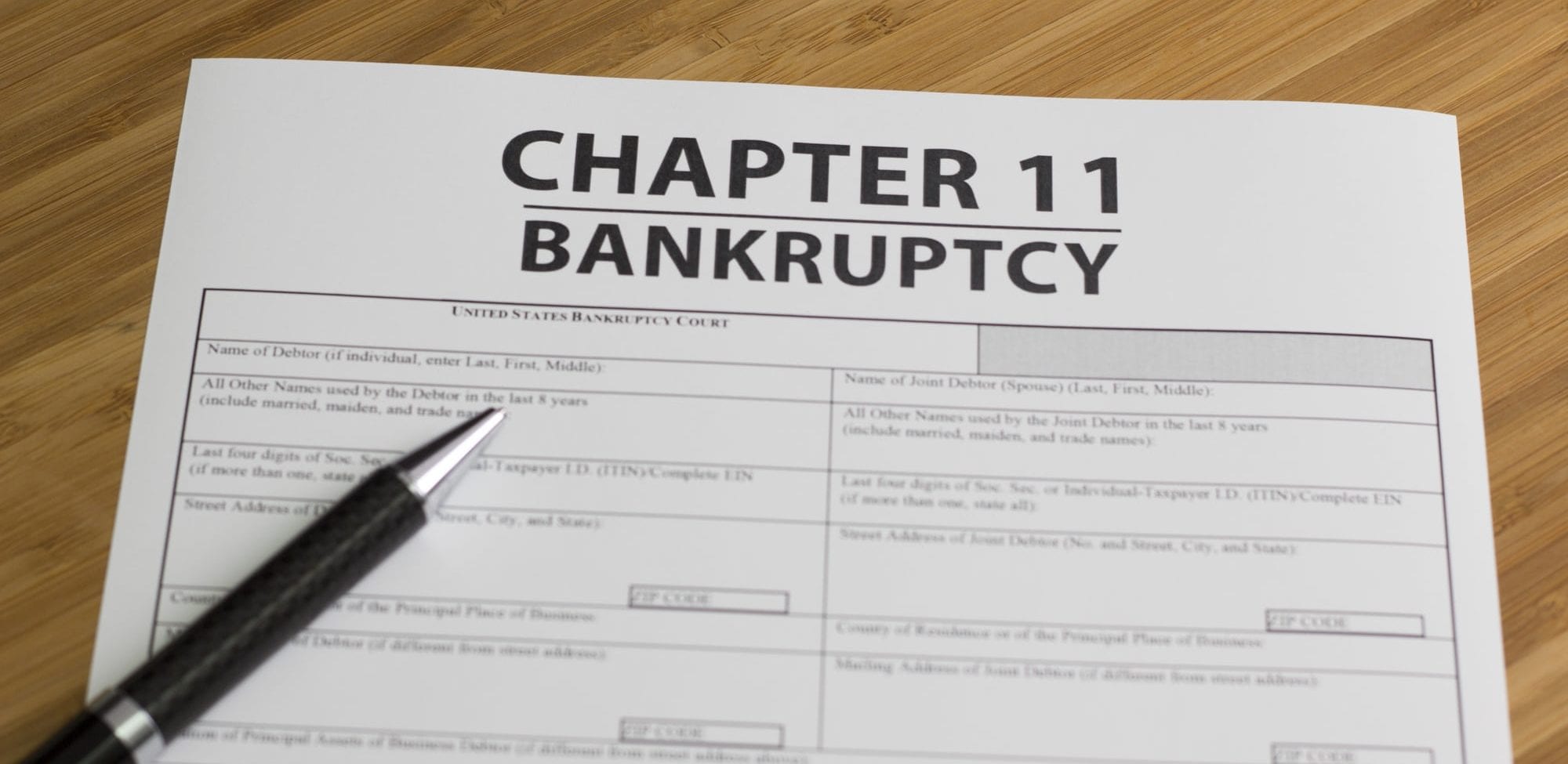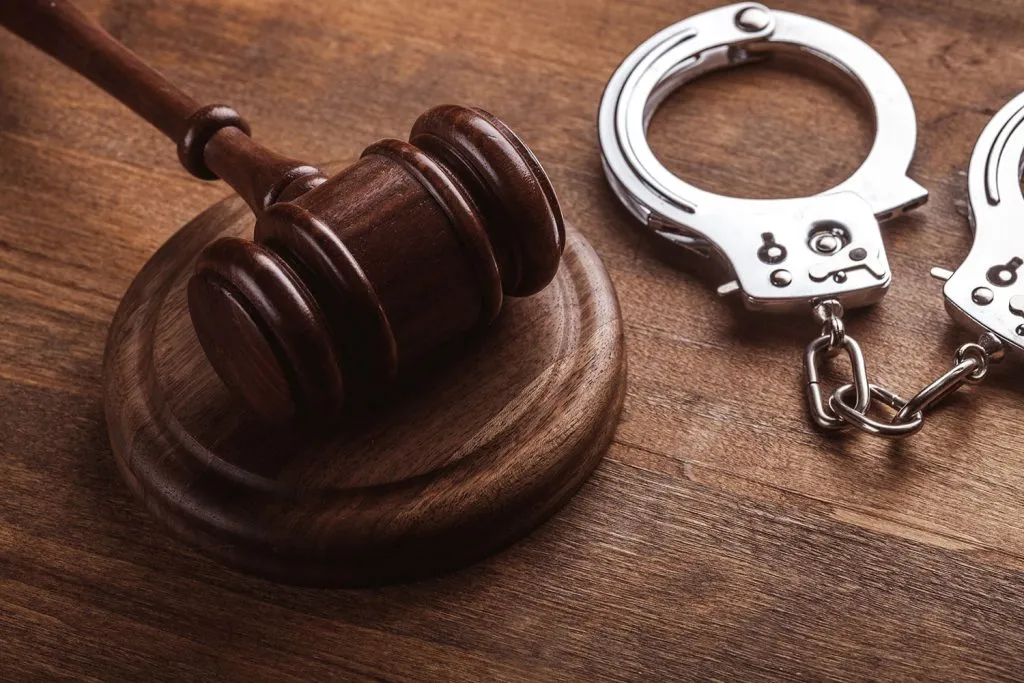Bankruptcy allows individuals or businesses to eliminate or repay some of their debts under protection from a federal court. The most common types of bankruptcy filings are Chapter 7 and Chapter 11. Both can provide debt relief but have some important differences.
What is Chapter 7 Bankruptcy?
Chapter 7 bankruptcy is sometimes referred to as “liquidation bankruptcy.” It involves liquidating assets to pay off as much debt as possible. Any remaining unpaid debt is eliminated.
To file Chapter 7, you must pass a “means test” showing your income is below a certain threshold based on where you live and family size. This test prevents higher income filers from using Chapter 7 to erase debt they could repay.
Chapter 7 pros and cons:
Pros:
– Eliminates eligible debt like credit cards, medical bills, personal loans
– Stop wage garnishments, lawsuits, foreclosures
– Most affordable form of bankruptcy
– Fastest bankruptcy option, taking 3-6 months
Cons:
– Assets like house or car may be sold to repay debts
– Future borrowing will be difficult due to damaged credit
– Does not allow retention of assets like primary home
– Cannot be filed again for 8 years
What is Chapter 11 Bankruptcy?
Chapter 11 bankruptcy allows businesses to reorganize and restructure debt while continuing operations. It results in a plan for managing debt that can include reducing the principal or interest rates, extending payment terms, or turning debt into equity.
Unlike Chapter 7, assets are not liquidated. The business remains open with its debts reorganized under court protection.
Chapter 11 pros and cons:
Pros:
– No liquidation of assets
– Debt structure can be renegotiated
– Operations can continue throughout process
– Creditors must stop collection efforts
Cons:
– Complex and expensive process
– Debtor loses control of business operations
– Outcome is uncertain
– Requires detailed financial records
Key Differences Between Chapter 7 and Chapter 11
There are a few major differences that set Chapter 7 and Chapter 11 bankruptcy apart:
– Chapter 7 is designed for consumers or sole proprietors. Chapter 11 is for incorporated businesses.
– Chapter 7 results in eliminating debt. Chapter 11 results in reorganized debt.
– Under Chapter 7, a trustee sells non-exempt assets. Chapter 11 allows assets to be retained.
– The Chapter 7 process takes 3-6 months on average. Chapter 11 can take many months or years.
– Chapter 7 is simpler and less expensive. Chapter 11 is complex with higher attorney fees.
Making the Choice
Deciding between Chapter 7 or Chapter 11 bankruptcy depends on your specific financial situation. Most consumers opt for a Chapter 7 filing to discharge unsecured debt like credit cards and medical bills. Businesses commonly file Chapter 11 to restructure debt while continuing operations. Speaking with a bankruptcy attorney can help determine the best option for your needs.







